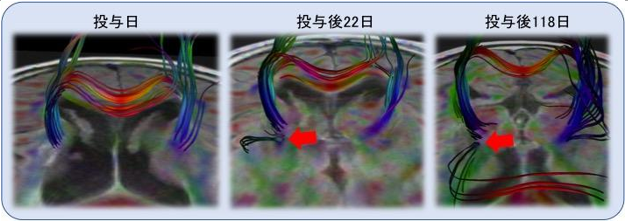STEM CELL TREATMENT FOR CHRONIC CEREBRAL INFARCTION
Patient:64-Years-Old Female
Treatment time:2018/7
BACKGROUND OF TREATMENT
In 2015, the patient suffered a cerebral infarction, resulting in symptoms such as left-sided hemiparesis, sensory disturbances, and left shoulder pain. After being discharged from a rehabilitation hospital during the recovery phase, she continued outpatient rehabilitation once a week in her local area. Before receiving stem cell treatment, she was able to walk independently and could lift her left upper limb, but found it difficult to maintain the raised position due to pain and a heavy sensation in her shoulder. Although she could perform flexion and extension exercises with her fingers simultaneously (group flexion-extension movements), she struggled with isolated finger movements. After hearing about regenerative medicine from our clinic's doctor, she decided to undergo treatment.
CHANGES AFTER TREATMENT
In 2018, three years after the onset of the disease, she received intravenous injections of cultured adipose mesenchymal stem cells (a single administration of 150 million total three times) and two weeks of intensive rehabilitation. As a result, her dysfunction improved by 22 points on the Fugl-Meyer assessment (Note 1), with a 19-point improvement in upper extremity function and a 3-point improvement in lower extremity function. Specifically, her ability to lift her upper limbs consistently improved as a result of reduced shoulder pain and heaviness, she was able to perform isolated finger movements that were previously impossible, and her walking posture improved as she could now swing her arms while walking.
Visualization of Nerve Fiber Tracts Using Diffusion Tensor Imaging (Note 2) By performing specialized analysis on MRI data, images were obtained showing the emergence of new nerve fiber tracts in the area surrounding the infarct site after stem cell administration.

(Note 1) Fugl-Meyer Assessment: A method for evaluating functional impairment in hemiplegic patients, testing various aspects such as motor function, balance, and sensation. The total score, combining both upper and lower limbs, is out of 100 points, with higher scores indicating a tendency towards recovery.
(Note 2) Diffusion Tensor Imaging: A type of image derived from analyzing MRI data that visualizes nerve fibers running continuously in a specific direction.
* TREATMENT OUTCOMES MAY VARY BY
INDIVIDUAL
